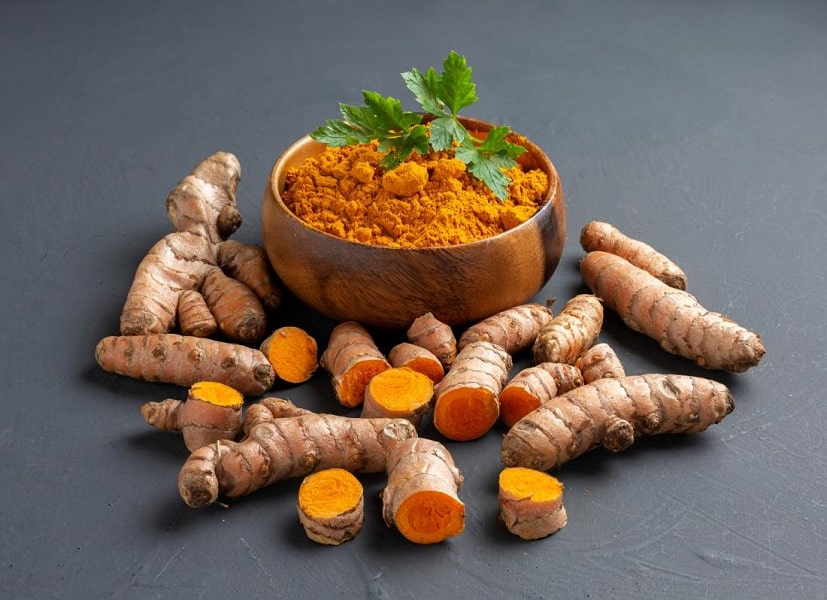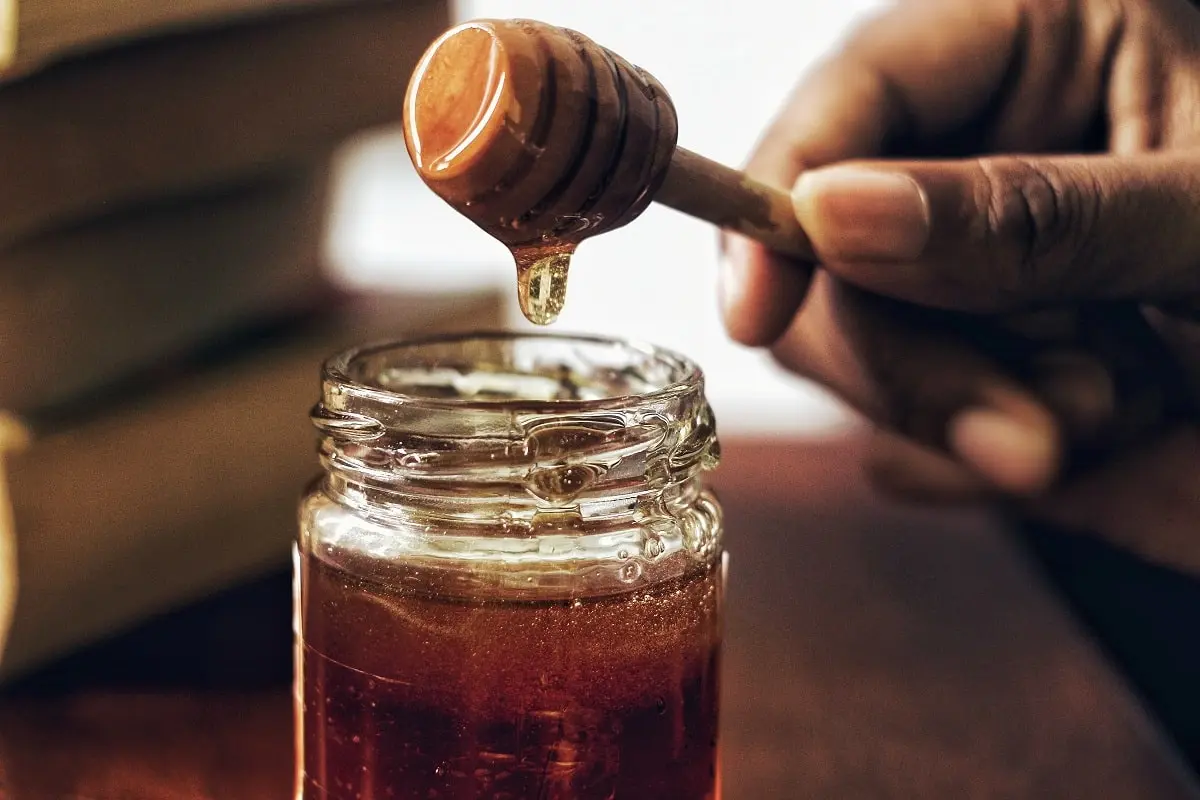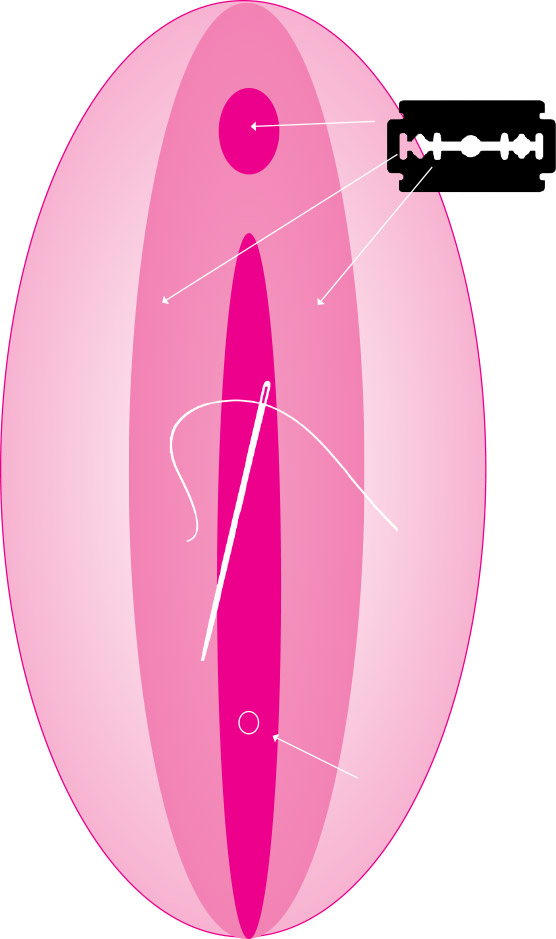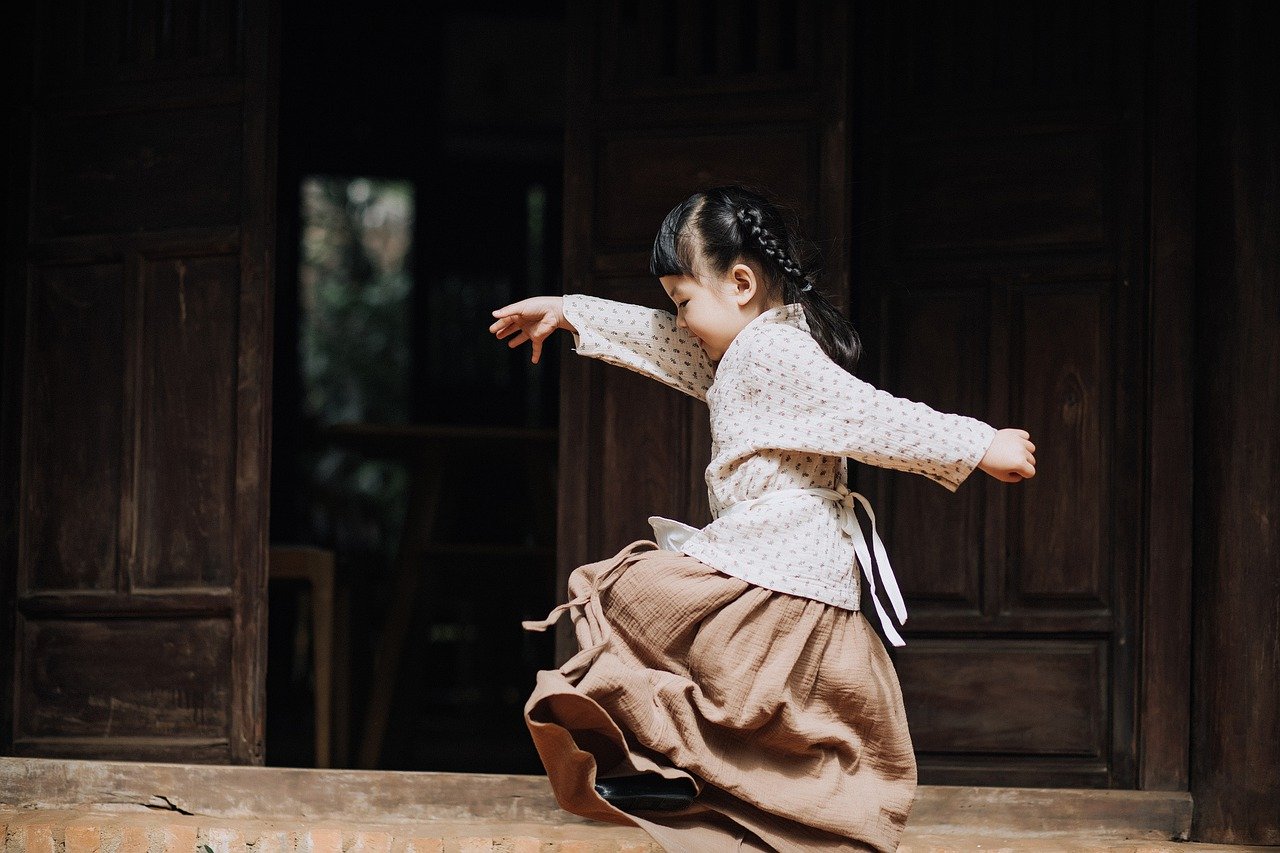Introduction
The concept of sex and sexuality has some form of sacredness that accompanies it across different human societies including Africa and as such, when some principles guiding it are violated, such violations are referred to as taboos (Okechi, 2018). However, many of these beliefs and practices some of which are superstitious have been eroded by globalization consequently changing the narrative when it comes to discussions centered on sex and sexual relationships (Okechi, 2018). The concept of sex and sexual relationships is one that is multifaceted and one aspect that has received so much attention over the years is sexual performance and dysfunction (Hock, 2012). Sexual dysfunction is an inability to perform regular sexual intercourse and this includes premature ejaculation, retrograded, delayed or impaired ejaculation, erectile dysfunction, arousal disorders (reduced libido), compulsive sexual activity, orgasmic disorder, and tumescence failure (Kotta, Ansari and Ali, 2013). Sexual problems are usually divided into four categories which include: problems with desire, arousal, orgasm, and pain (Hock, 2012).
These problems have given rise to various types of treatment from scientific and medically proven ones to those that are not. The first drug that was pharmacologically approved for the treatment of sexual dysfunction is sildenafil popularly referred to as “Viagra” (Kotta, Ansari, and Ali, 2013). The introduction of this treatment drug gave way to many others and also, natural remedies and since then there has been no looking back when it comes to the search for treatments which includes aphrodisiacs. Aphrodisiacs according to Britannica are various forms of stimulation, thought to arouse sexual excitement. Lehmiller, (2017) describe them as substances that boost sexual desire, sexual pleasure, or behavior and they include a variety of spices, foods, synthetic chemicals, and plants. They may be classified into two major groups: (i) psychophysiological and (ii) internal (love potions, medical preparations, drugs, etc.). For example, Aphrodisiacs containing hallucinogenic properties such as buffo toad have psychological effects on a person which may increase sexual desire and pleasure (Melnyk and Marcone, 2011). Also, aphrodisiacs containing smooth relaxing muscle properties such as yohimbine have physiological effects on a person that can affect hormone levels and improve blood flow.
However, there are many other substances that people use as aphrodisiacs today all over the world and in Africa where they are often referred to as “Kayamata” (this literally means woman’s property). Many of these substances are not scientifically tested or proven while some are. This article intends to shed light on whether these aphrodisiacs with a special focus on Africa have scientific backings or are just based on mythology.
Brief History of Aphrodisiacs
According to the Online Etymology Dictionary, the term aphrodisiac stems from the Greek word aphrodisiakon which means “sexual aphrodisiac” from the term aphrodisios which pertains to Aphrodite, the Greek goddess of love. The aphrodisiac history is usually based on herbs, plants, and spices. The first evidence of aphrodisiac use comes from the medicinal papyri in Egypt between 2200 and 1700 BC. Earliest attempts to cure erectile dysfunction with tested drugs date back to the 9th-16th century in the Islamic world (Bentil, 2014).
Issues of sexual dysfunction necessitate the use of aphrodisiacs. Sexual dysfunction is a serious medical and social symptom in 10-52 percent of males and 25-63 percent of females. Across all continents and cultures of the world, everyone has their own fair share of well-known aphrodisiacs with Cola accuminata (Kolanut), Bulbine natalensis (Baker), Aframomum melegueta (Grains of Paradise), Mondia whiteii (Hook) and many others are being used as aphrodisiacs in Africa.
African Aphrodisiacs (Kayanmata)
The term Kayanmata originates from northern Nigeria and it literally means “women things”. However, this term has been popularized by its usage in describing herbs or potions that are used to enhance sexual performance and love (Adebowale, 2018). The kayan mata herbs are made up of different components ranging from sweetener powders, zuman mata / maza, sweets, gold fly / sex drops, lubricants etc. and they come in different forms like perfumes, food, tablets and other forms as the situation demands. According to Otorkpa 2019, they can be grouped into three categories which includes: (i) kayanmata for vagina upgrade used for “improving” vagina quality e.g. Madura, Goron tula, Simi, Sugar Lumps, Madura, Tauraren wuta etc. (ii) kanyamata for faithfulness and libido-boosting which are used for improving stamina for sex and sexual drive, keeping one’s partner. It is used for making a sexual partner come back for more. E.g. Gindin ayu which is produced from a fish called Ayu. (iii) kayanmata for favor and attraction potions which is maybe the most contentious of all the earlier mentioned types as it involves voodoo and spiritual manipulation using potions and sex oil, of one’s sexual partner. E.g. kayanmata beads, command oil, and attraction oil among many others.
While the issues of sex and sexuality still seem to be something scary and taboo to speak about, many people patronize individuals and stores that sell kayanmata. For example, sex and anything to do with it is taboo in the highly conservative, and overwhelmingly Muslim north of Nigeria. Islamic scholars prohibit the use of the so-called aphrodisiacs, which they consider an immoral way of increasing sexual gratification. And yet the little market stalls that store them are frequented by both men and women (Zaharaddeen, 2019). This can be said to be the case in many other parts of Nigeria and Africa at large, where there are a lot of aphrodisiac stores and sellers all around. It is therefore important to know if these substances have any scientific/medical backing or if they are just figments of people’s imaginations i.e. just myths.
Science or Myth?
There are many substances people use as aphrodisiacs in Africa that either has little or insufficient backing or no scientific backing at all. This is not to say that some of these aphrodisiacs (Kayanmata) especially those that belong to the first two sections mentioned earlier have not been researched. Different studies (Ajao, Sibiya, and Moteetee, 2019; Oketch-Rabah, 2012) have been conducted to ascertain the aphrodisiac properties of some of these herbs. According to some of the studies reviewed by Oketch-Rabah, (2012) which were carried out to investigate the aphrodisiac properties of Mondia whitei (African Ginger) a popular aphrodisiac used in Africa, there are scientific shreds of evidence that support the traditional uses of mondia as an aphrodisiac and it is moderately known to be safe when made available and used based on traditional practices (Oketch-Rabah, 2012).
Another aphrodisiac commonly used in Africa is yohimbine, found in the bark of yohim trees which grow in Western Africa (Melnyk and Marcone, 2011). Traditionally it is boiled and taken as a concoction (agbo) to treat sexual desire issues. Yohimbine has been proven medically and scientifically to treat sexual dysfunction and it has been approved by the Food and Drug Administration (FDA) for treatment of such cases in Canada and the United States of America. (Shalmoul, 2010). Horny Goat weed known as “imi esu” in the Yoruba language based on animal studies has been shown to possess aphrodisiac qualities but there is a need for further research to know its impact on human beings. Nonetheless, a lot of individuals in Africa and some other parts of the world use it as a treatment for sexual dysfunction. Also Azanza garckeana also known as goron tula has been shown to possess qualities that qualify it as an aphrodisiac according to a study published in the Journal of Medicinal Plants.
While there are scientific shreds of evidence that prove some of the substances people use in treating sexual dysfunction and improving overall sexual performance are actually effective in animals some are still yet to be determined for their effectiveness in humans but they are still being used anyways. However, there is also a “mythical” or “mysterious” side to some of the substances people use as aphrodisiacs in Africa. For example, there is a common trend of the use of “waist beads” also known as kayanmata beads nowadays which are believed to turn men on or make them desire to have sex with a woman. For example, during traditional times in Ghana, it has been reported that women use waist beads to attract men as it is believed that the rattling of the beads sets off some form of chemical reactions in men which in turn make them sexually excited (Asieduasimprint, 2019). This can be said to be a myth as there is no scientific evidence to back this up.
Furthermore, other substances like love potions, command oil, sex oil etc. that have to do with spiritual manipulations and voodoo. These have been shown sometimes in movies where individuals both male and female visit the herbalist or spiritualist who gives them substances to put in food or drinks to make their lovers engage in sexual activity with them and also make them stay. Some men use rings that are sometimes referred to as “follow me ring”, “touch and follow” among other street names to lure women into sex with them. All of these introduce the concept of mythology or mystery to the use of aphrodisiacs as there are no empirical shreds of evidence to describe or ascertain how they work. Notwithstanding, people still patronize these substances, and so many sellers are littered all over social media these days with hundreds of thousands of followers.
Conclusion
Some African aphrodisiacs have been scientifically proven to be effective while others do not and still remain a myth or mystery. However, many of these substances especially those that are taken as concoctions have side effects also due to the popularity of these aphrodisiacs and the fact that there are no real regulations, many individuals are mixing all sorts, selling them to people as aphrodisiacs. This could lead to serious health conditions like kidney and liver failure. This means that whether scientifically proven or not, individuals must be responsible for the way they use these aphrodisiacs. Finally, more of these aphrodisiacs should be researched to know their true effects. Furthermore, this has resulted in people who have already been conditioned to look for a “quick fix”, not trusting professional Sex Therapists, in fact, Kayanmata sellers are called sex Therapists in this part of the world, and people will rather pay them than talk to a professional. They prefer to see something being given to them than a form of talk therapy.
Introducing tested aphrodisiacs could help to recondition people’s minds as well as advocate for them to see the need to see a professional therapist.
REFERENCES
“Aphrodisiac”. Online Etymology Dictionary
A.A. Ajao, N.P. Sibiya, A.N. Moteetee. (2019) Sexual prowess from nature: A systematic review of medicinal plants used as aphrodisiacs and sexual dysfunction in sub-Saharan Africa. South African Journal of Botany 122, pages 342-359.
Aiseduasimprint, 2019. The Mystery, The Legend, The Erotic: A History of Waist Beads in West Africa. Retrieved 25th June, 2020 from www.asieduasimprint.blog/2019/03/19/the-mystery-the-legend-the-erotic-a-history-of-waist-beads-in-w-africa/
Bella, Anthony J; Shamloul, Rany (June 2014). “Traditional Plant Aphrodisiacs and Male Sexual Dysfunction: PLANT APHRODISIACS”. Phytotherapy Research. 28 (6): 831–835.
Bentil Emmanuel Asare (2014). The Truth behind Aphrodisiacs. Retrieved 26th June, 2020 from www.modernghana.com/news/589432/the-truth-behind-aphrodisiacs.html
Lehmiller, Justin J. (12 October 2017). The psychology of human sexuality (Second ed.). Hoboken, NJ. ISBN 9781119164708.
Melnyk, John P.; Marcone, Massimo F. (May 2011). “Aphrodisiacs from plant and animal sources—A review of current scientific literature”. Food Research International. 44 (4): 840–850
Nike Adebowale (2018). Kayanmata: A growing trend among Nigerian women. Retrieved 27th June 2020 from www.premiumtimesng.com/health/health-news/302978-kayanmata-a-growing-trend-among-nigerian-women.html
Oketch-Rabah, H. A. (2012). Mondia whitei, a medicinal plant from Africa with aphrodisiac and antidepressant properties: a review. Journal of Dietary Supplements, 9(4), 272-284.
Shamloul, Rany (January 2010). “Natural Aphrodisiacs”. The Journal of Sexual Medicine. 7 (1): 39–49
Zaharaddeen Umar (2019). Nigerian ‘aphrodisiac’ potions for a happy marriage. Retrieved 27th June 2020 from www.dw.com/en/nigerian-aphrodisiac-potions-for-a-happy-marriage/a- 49280968.





















